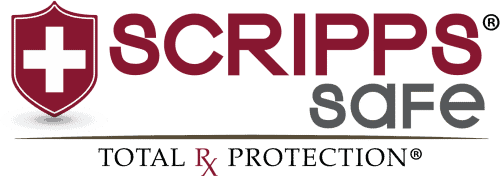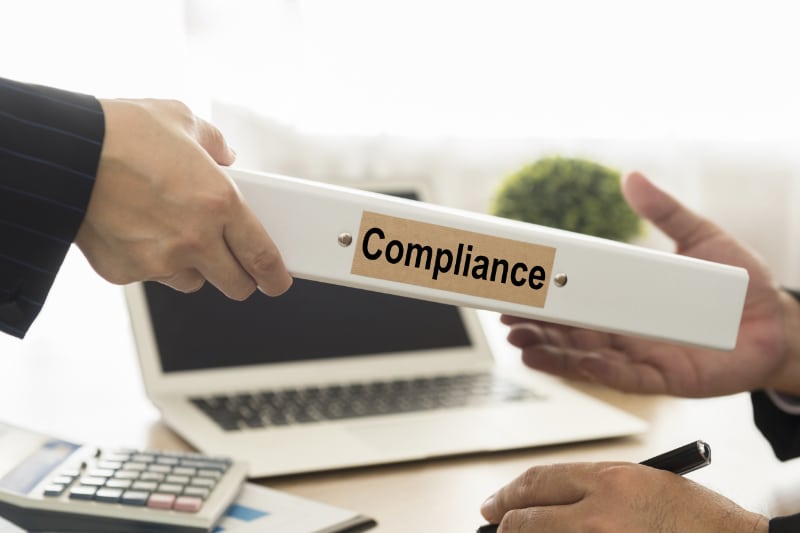A DEA inspection is a regular part of being in the health care industry and storing prescriptions like narcotics on the premises. While you may find out about a DEA inspection ahead of time, you should keep in mind that the agency conducts unannounced inspections, as well. As such, it is wise to always be prepared for a potential inspection.
Know What the Agents Will Look For
The first step to preparing for a DEA inspection is being aware of what the officials will be looking at and paying attention to. Their inspection will focus on both your security practices and your recordkeeping.
The security aspects include how you store controlled substances and who is authorized to access them. The recordkeeping aspect will include examining inventories, logs of disposal and use, invoices, and Form 222’s, for both their completion and accuracy.
Know What to Do During the Inspection
You should also know what will happen during the inspection and what you should do during it. You will want to start by reviewing the credentials of the investigators, getting their contact information, and letting any relevant supervisors know about the inspection. You will likely want to give the inspectors an area, such as a conference room, to operate in.
Overall, you need to cooperate with the DEA investigators and provide them with reports or show them storage facilities when asked. During the inspection, they may ask your team or have one of their agents inventory controlled substances. If the investigators take copies of records, photocopy them, so you know which documents they have. If they take any original documents, not only make copies but also get a DEA receipt (Form 12) that lists those records.
Remember to answer questions concisely and honestly. If the investigators offer suggestions, take notes. Ask the DEA questions about how to correct any shortcomings, if necessary. The best time to do this is during an exit interview or final discussion, which you should ask the DEA to participate in.
Be Aware of Common Points of Failure
You should also be aware of the aspects of the DEA inspection that facilities are most likely to have issues with. This helps your team stay on your toes and know which areas to triple-check instead of double-check. The most common issues during audits include recordkeeping violations (including errors and missing forms), inventory discrepancies, suspected drug diversion, and not completing a biennial inventory.
Ensure You Have the Proper Safe
One of the main goals of a DEA inspection is to confirm that your facility stores controlled substances in an approved manner. Ideally, you should have a UL-rated purpose-built safe that includes audit capabilities. In the best-case scenario, your storage safe will include UL certification paperwork for preapproval, so you have it on hand before the inspection.
Remember that the safe needs to have audit capabilities so you can show the DEA investigators that you are compliant. This feature is still rare in the market and only available from a small handful of industry leaders. An example would be a vault or safe that connects with your pharmacy’s management systems and has surveillance technology.
Keep Records and Remain Organized
The other main goal is to confirm that your facility maintains proper records, so you should always ensure that you do so. Keeping proper records should be part of your daily operations. Ensure that your records include:
- Regular inventories
- Disposal logs, including for breakage or spillage
- Use logs (including dispensing prescriptions).
- Purchase records.
- Any theft reports, if they apply to you.
- A list of unauthorized personnel, ideally with any background checks or screening documented and with all contact information.
- Your facility’s procedures in terms of ordering, storing, securing, and all other aspects of dealing with controlled substances.
Unless your state’s laws require you to keep the reports and records on hand longer, keep them for a minimum of two years.
Organization
The element of organization is important, as it allows your team to easily find the documents that the DEA requests during their inspection. The ability to find information and documents quickly will also show the DEA that you take handling controlled substances seriously.
Review the Records
Your facility should be filing reports and records on controlled substances every single day. Ensure that everyone responsible for filing these reports knows the proper way to do so to limit mistakes.
Supplement this with weekly reviews of the reports to confirm that all of the new reports are complete and accurate.
Change Access When Necessary
If someone on your team who had authorized access to your controlled substances leaves the team, make sure to change the key card access, locks, and employee list. There should be no way for a past employee to access the substances or the records related to them.
Designate an Employee or Team
To ensure that your DEA inspection goes as smoothly as possible, you should always be aware of who on your team will interact with the investigators. There should be at least one designated member of your team who knows where to find all the relevant information and knows what to expect during the inspection.
Because there are frequently unannounced inspections, it is best to have two or more employees who are ready to take on this role, as that increases the chances that one of them will be available in the case of an inspection. You can still have a primary person in charge who will take the lead whenever possible.
Sources:
https://research-compliance.umich.edu/inspection-preparation
https://pcssnow.org/wp-content/uploads/2014/02/FINAL-How-to-Prepare-for-a-DEA-Inspection.pdf
https://www.fdalawblog.net/2014/06/the-nuts-and-bolts-of-preparing-for-and-managing-dea-cyclic-inspections-what-every-registrant-should/
https://pharmacy.rutgers.edu/wp-content/uploads/August-2017-Rutgers-Home-Study-DEA-Inspection-slides-FINAL.pdf

